What is the most profitable type of fish farming?
Are you thinking about starting a fish farm but feel overwhelmed by the high startup costs and uncertain returns? Many aspiring farmers jump in without a clear plan, only to see their investment disappear due to poor choices. I will guide you through the most profitable approaches to ensure your venture into aquaculture is a success from day one.
The most profitable type of fish farming is an intensive system, like a Recirculating Aquaculture System (RAS) or cage culture, focused on high-value species such as salmon or shrimp. These methods can deliver profit margins between 20% and 40%, especially when targeting strong markets in Europe and America.
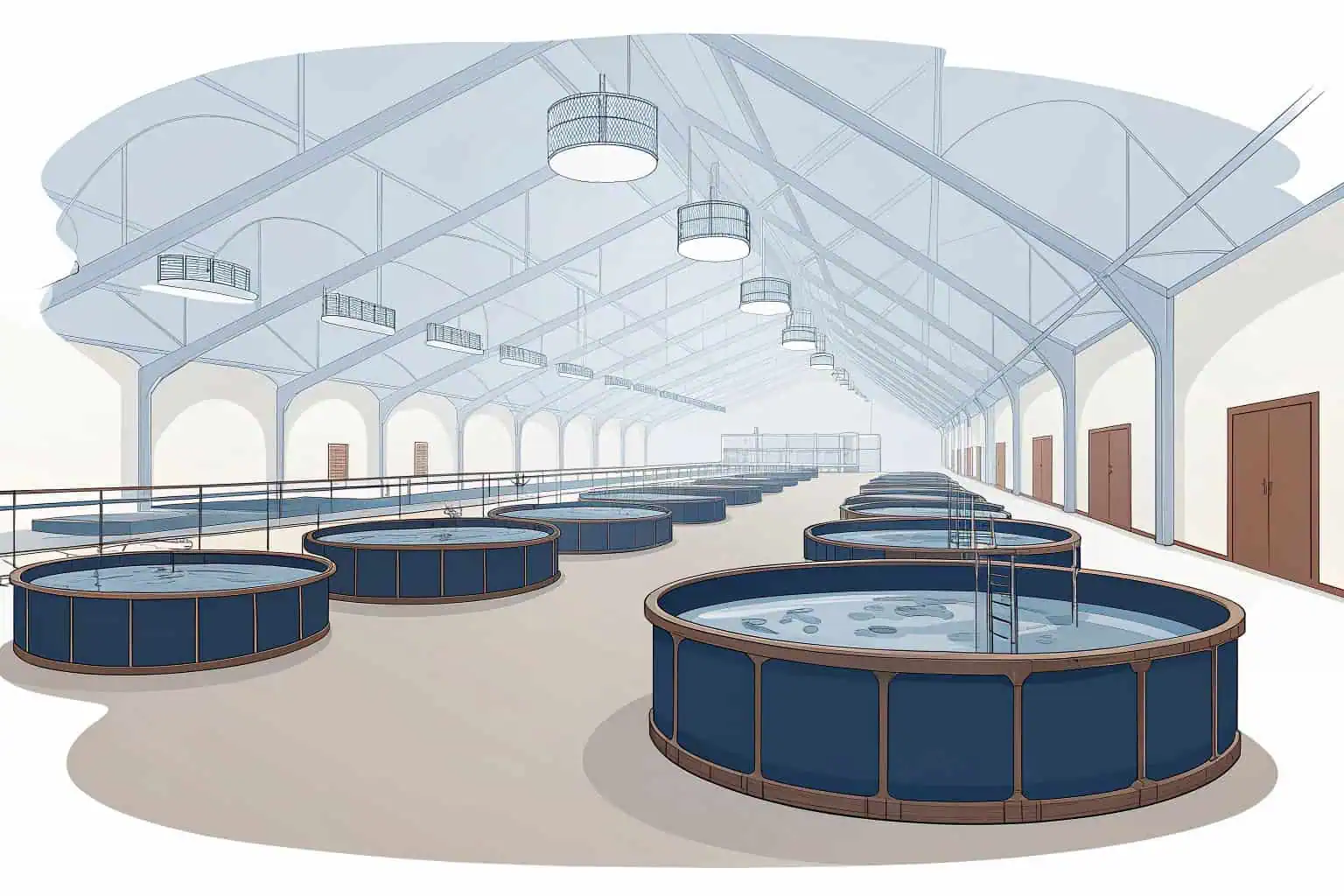
Now that you know which type of farming brings the highest returns, you might be wondering what other factors contribute to success. It’s not just about the system; it’s also about the fish you choose, your operational strategy, and how you manage risks. Let's dive deeper into these areas to build a complete picture of how to run a truly profitable fish farm.
What is the most profitable fish to farm?
Choosing the right fish is a critical decision that can make or break your farm, but the sheer number of options can be paralyzing. If you pick a species that grows slowly or is susceptible to disease, you could face significant financial losses. I'll help you identify the most profitable fish to raise, setting you up for a great return on your investment.
High-value species like salmon, tuna, and shrimp are generally the most profitable, especially when raised in controlled, intensive systems. For beginners, however, fish like tilapia and catfish offer a faster and lower-risk path to profitability due to their rapid growth and resilience.
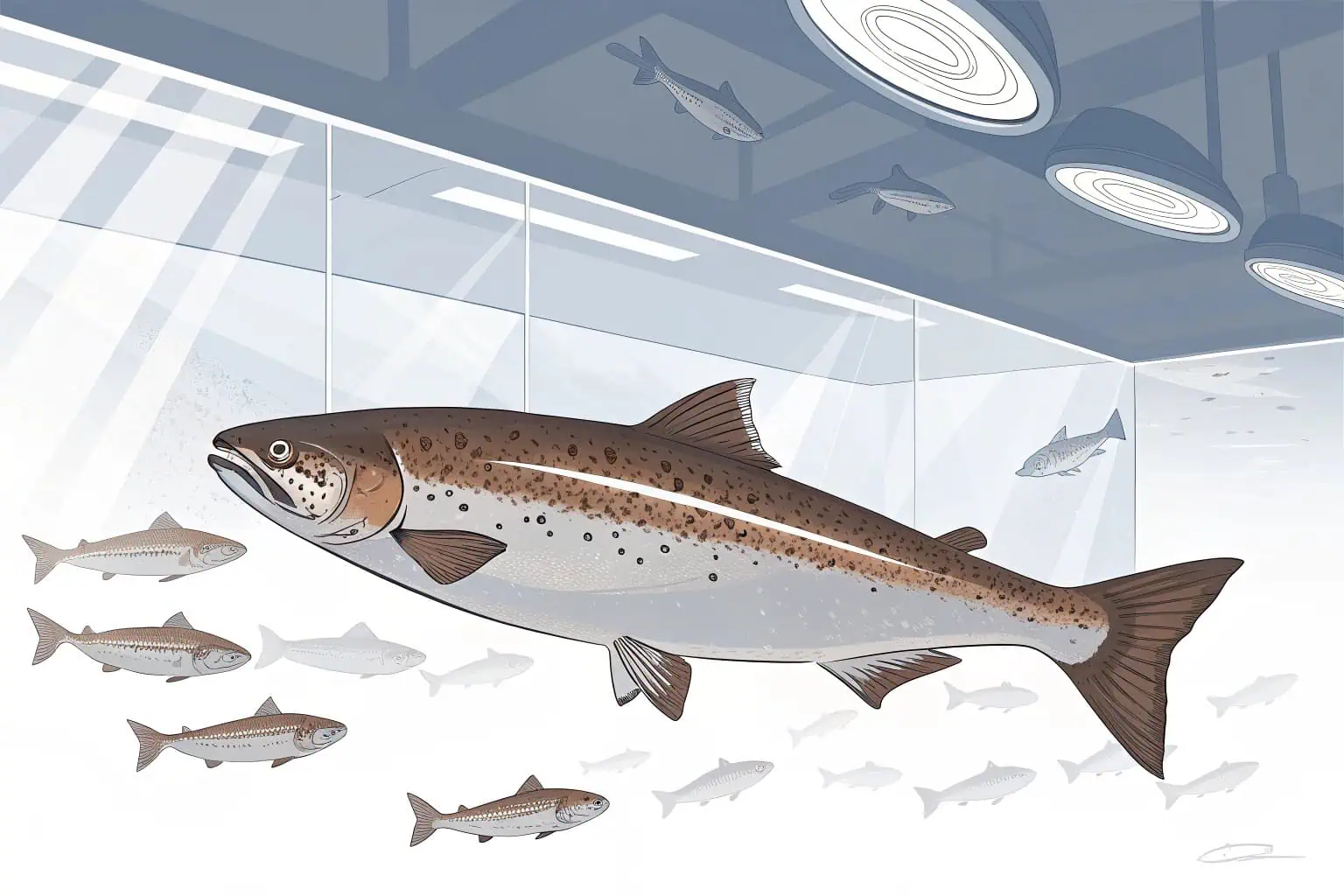
When I first got into this industry, I saw many people chase the high prices of premium fish1 without understanding the complexities involved. The truth is, profitability is a balance between market value and ease of farming. High-value species command top dollar but often require expensive, specialized systems and strict water quality management. For example, salmon farming requires cold, clean water and a significant initial investment in either sea cages or a sophisticated RAS. On the other hand, I've seen countless small-scale farmers in Asia and Africa build successful businesses around tilapia and catfish. These species thrive in simpler pond systems and are much more forgiving.
High-Value vs. High-Effort Species
When I first got into this industry, I saw many people chase the high prices of premium fish2 without understanding the complexities involved. The truth is, profitability is a balance between market value and ease of farming. High-value species like salmon and tuna command top dollar but often require expensive, specialized systems and strict water quality management. For example, salmon farming requires cold, clean water and a significant initial investment in either sea cages or a sophisticated RAS. This high-stakes approach can yield great rewards, but the risks are equally high, making it a challenging path for newcomers.
The Beginner-Friendly Path to Profit
On the other hand, I've seen countless small-scale farmers in Asia and Africa build successful businesses around tilapia and catfish. These species thrive in simpler pond systems and are much more forgiving when it comes to water quality and management. Their rapid growth and high feed conversion rates3 mean you can get to market faster and with lower operational costs. This makes them an ideal choice for anyone looking to enter the industry without a massive upfront investment. They provide a practical way to learn the ropes of fish farming while still turning a respectable profit.
Matching the Fish to Your Resources
Ultimately, the "best" fish depends on your capital, expertise, and target market. You need to perform an honest assessment of what you can handle. The table below offers a simple breakdown to guide your decision. My advice is to start with a species you can manage confidently. A durable, well-designed fish tank4, like the customizable ones from Bancy, is a great starting point for any species, as it provides a reliable foundation for your farm regardless of the fish you choose.
| Fish Type | Market Value | Farming Difficulty | Key Benefit |
|---|---|---|---|
| Salmon/Tuna | Very High | High | High profit margins |
| Tilapia5 | Moderate | Low | Fast growth, low risk |
| Catfish | Moderate | Low | Very hardy, popular in many markets |
| Shrimp | High | Medium | Strong demand, good returns |
Is owning a fish farm profitable?
You've probably heard stories about the money-making potential of fish farming, but the tales of farms failing from disease outbreaks or market crashes make you cautious. It's a valid concern, and many people wonder if it's a truly viable business. I'm here to show you that with the right strategy, owning a fish farm is not just possible—it can be very profitable.
Yes, owning a fish farm is profitable. With smart management and the right choice of fish, profit margins can range from a solid 10% to an impressive 40% or more. The key to success lies in achieving scale, managing risks effectively, and keeping a close eye on your operational costs.
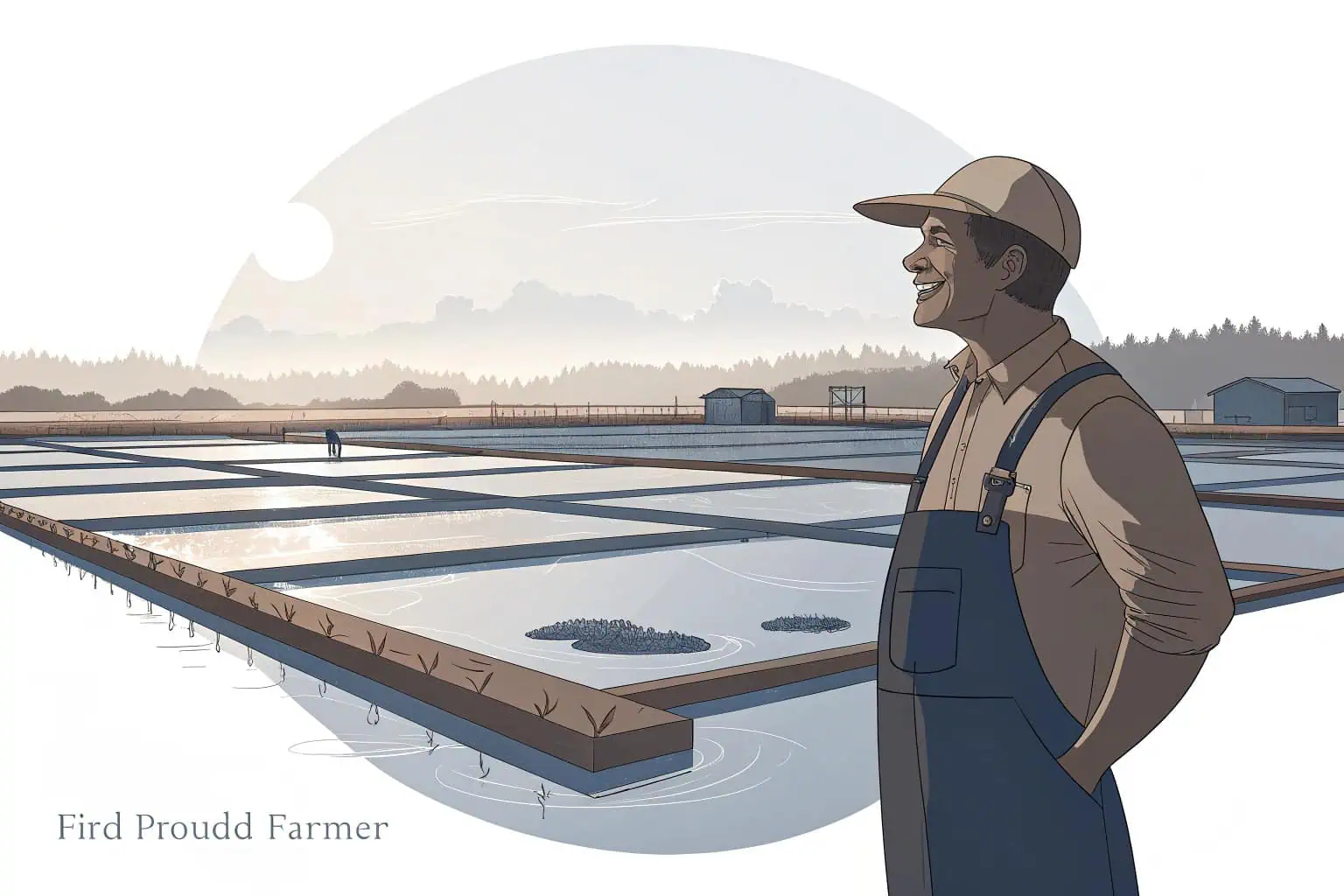
The Importance of Scale in Profitability
I've seen firsthand what separates the successful farms from the ones that struggle. Profitability isn't guaranteed; it's earned. The most significant factor is scale. A small backyard pond might provide for a family, but a commercial operation with multiple large ponds or tanks can leverage economies of scale to reduce costs for feed, labor, and equipment. For instance, pond-based tilapia or catfish farms in Asia can achieve 10-25% profit margins6 by operating on a large scale. In contrast, I’ve seen high-tech RAS farms for salmon in Europe hit 40% margins, but their initial investment was massive. The key is matching your operational scale to your financial resources.
Managing Risks: From Disease to Market Volatility
Risk management is the other side of the coin. I can't count how many times I've seen promising farms get wiped out by a preventable disease outbreak. Implementing strong biosecurity measures7, like using quality fish stock and regularly monitoring water quality, is non-negotiable. You also have to be prepared for market fluctuations. Feed prices can be volatile, so having a strategy to manage feed costs is crucial. A diversified market approach can also protect you from price crashes in a single region. Proactive risk management is what keeps a farm stable and profitable through the inevitable ups and downs of the industry.
Innovation and Technology as a Competitive Edge
Successful farm owners I know are always innovating. They don't just stick to the old ways; they embrace technology to improve efficiency and sustainability. They use automated feeding systems to reduce labor and waste, and they invest in high-quality infrastructure. For example, using durable tanks like Bancy's dual-welded models can prevent leaks, which not only saves water but also supports a healthier, disease-free environment for the fish. It's this combination of scale, diligence, and smart investment in technology that turns a fish farm into a consistently profitable enterprise.
| Technology/Innovation | Benefit | Impact on Profitability |
|---|---|---|
| Automated Feeding Systems8 | Reduces labor and feed waste | Lowers operational costs, increases efficiency |
| High-Quality Tanks9 (e.g., Bancy's) | Prevents leaks, ensures durability | Reduces water loss, minimizes disease risk, lowers maintenance costs |
| Water Quality Monitoring10 | Maintains optimal fish health | Prevents disease outbreaks, improves growth rates |
Which type of fish farming is best?
With so many different ways to farm fish—from simple earthen ponds to complex, multi-story vertical farms—how do you know which one is right for you? Choosing a system that doesn't align with your resources, location, or business goals is a common mistake that leads to wasted time and money. I'll walk you through the main types of fish farming so you can make an informed choice.
The best type of fish farming is the one that fits your specific circumstances. For beginners with limited capital, a simple freshwater pond is often the ideal starting point. For commercial producers aiming for high yields in a small footprint, intensive systems like RAS or vertical farming are superior.
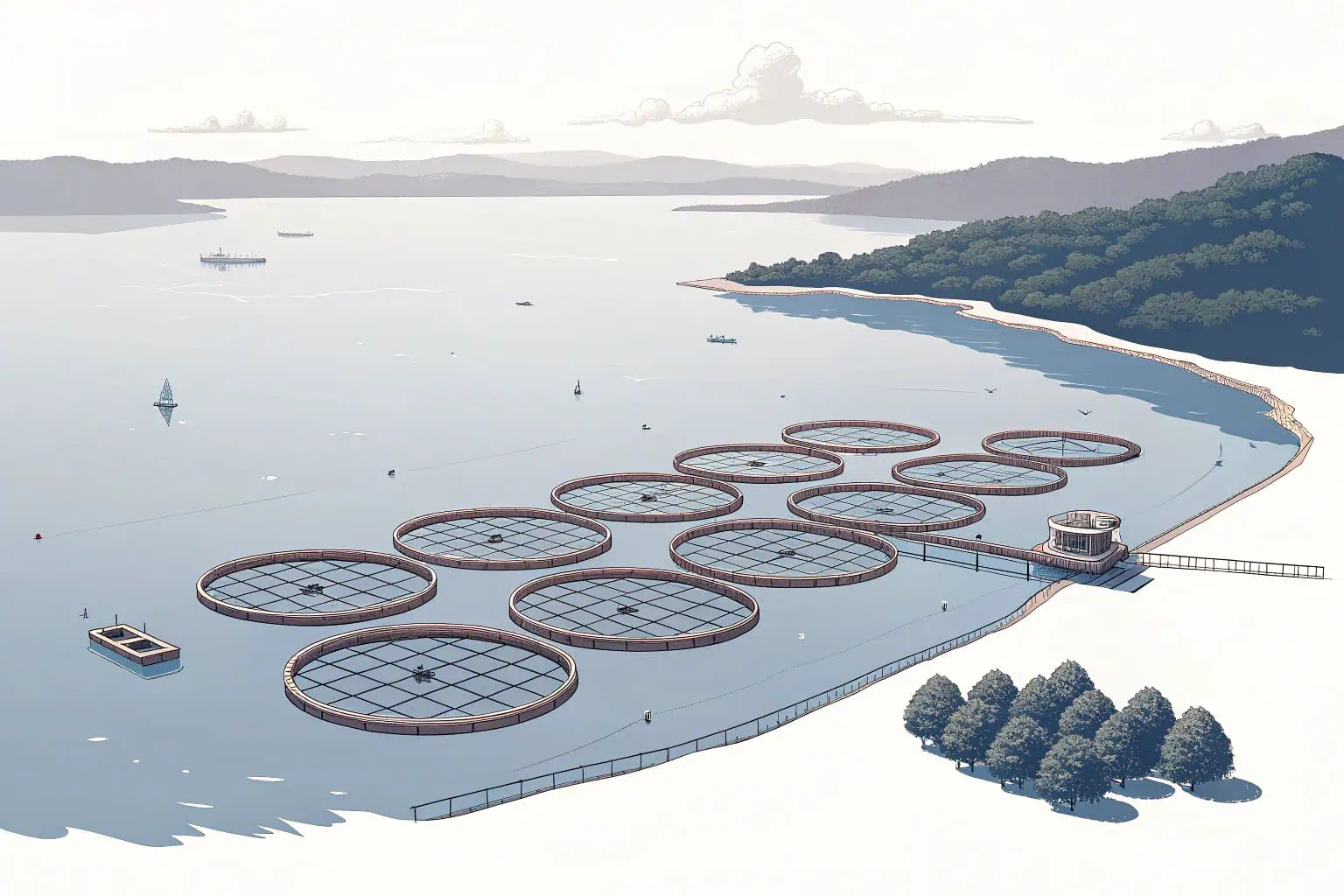
Extensive and Semi-Intensive Systems: The Low-Cost Start
Over the years, I've learned that there's no one-size-fits-all answer. The "best" system is relative. Let's break down the most common options. Extensive farming11, like stocking a natural pond, requires the least effort and investment but also produces the lowest yield. It's more like managed fishing than farming. Semi-intensive systems, such as fertilized ponds with supplemental feeding, offer a good balance. This is the most common method globally and works great for fish like tilapia and carp. These systems are perfect for beginners or those with access to land but limited capital, providing a solid entry point into the industry.
Intensive Systems: Maximizing Yield in a Small Space
Then you have intensive systems, like cage culture in open water or land-based Recirculating Aquaculture Systems (RAS)12. These are capital-intensive and require a high level of technical skill, but they produce the highest yields per cubic meter of water. Cage culture uses existing water bodies, which reduces the need for land, while RAS facilities are closed-loop systems that recycle water, allowing them to be located almost anywhere. These systems are designed for serious commercial production and offer maximum control over the growing environment, leading to faster growth and higher-quality fish.
Choosing the Right System for You
I've seen entrepreneurs thrive with each of these models. The key is an honest assessment of your resources. If you have land and a limited budget, pond culture13 is a fantastic way to start. If you're near a large lake or coastal area, cage culture could be a great option. And if you're a serious commercial player with access to capital, a RAS facility14 offers maximum control and output. Companies like Bancy are crucial here, as they provide highly customizable tanks—from collapsible PVC ponds for beginners to large, galvanized steel tanks for serious commercial operations.
| System Type | Investment | Land/Water Use | Yield | Management Level |
|---|---|---|---|---|
| Pond Culture | Low-Medium | High | Low-Medium | Low |
| Cage Culture | Medium | Low (uses existing water bodies) | High | Medium |
| RAS15 | Very High | Very Low | Very High | High |
What is the easiest fish to farm raise?
As a newcomer to fish farming, you want to start with a species that is resilient and doesn't require a steep learning curve. Choosing a demanding fish from the get-go can lead to frustration and costly mistakes, potentially ending your farming journey before it even begins. I'll introduce you to the easiest fish to raise, allowing you to build your skills and confidence as you grow.
Without a doubt, tilapia and catfish are the easiest fish to farm. They are incredibly hardy, grow to market size quickly, and can tolerate a wide range of water conditions, which makes them the perfect choice for beginners working with basic equipment.
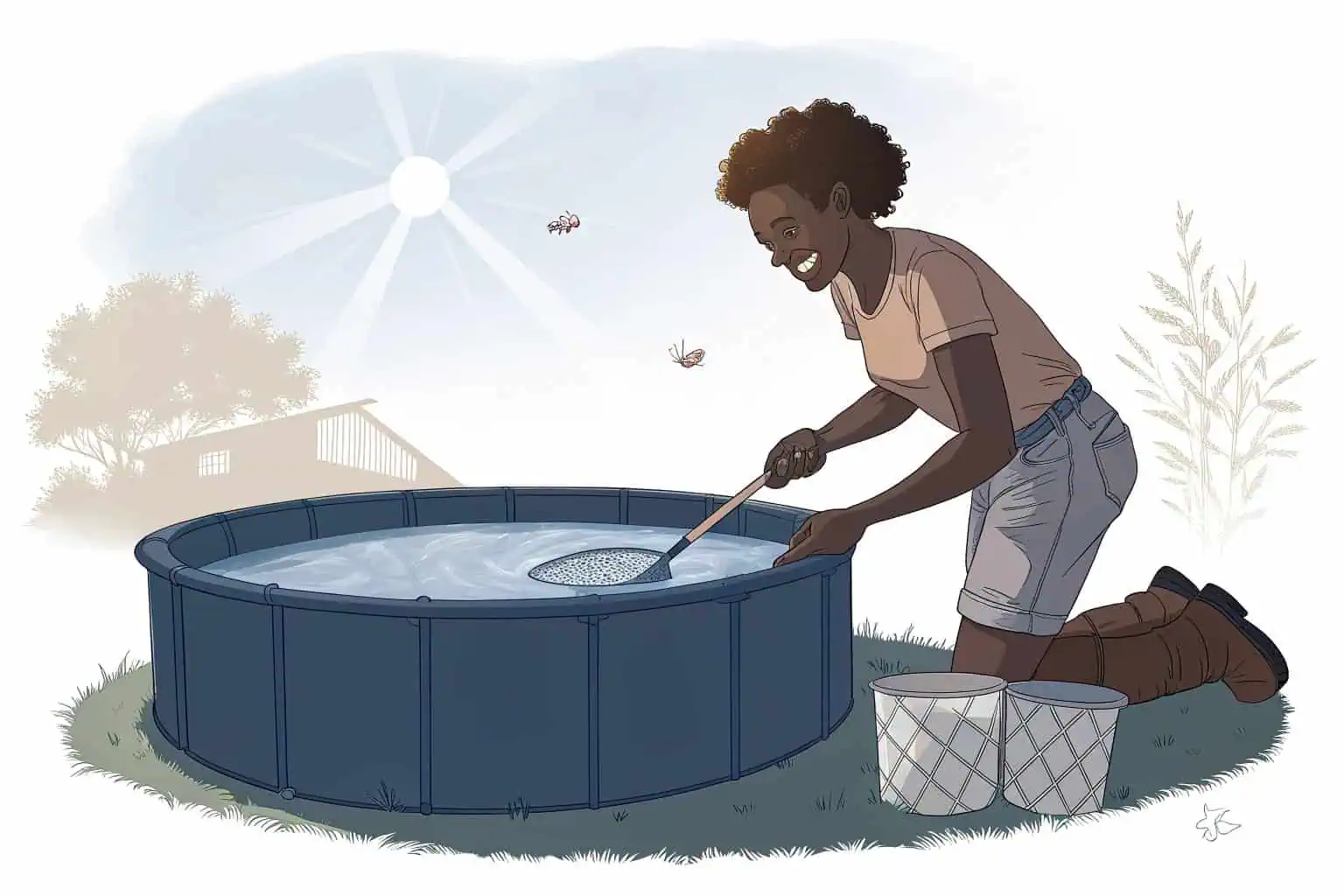
Tilapia: The "Aquatic Chicken"
I always recommend tilapia to people just starting out, and for good reason. I call it the "aquatic chicken16" because it's so easy to raise and grows incredibly fast. Tilapia are omnivores, so their diet is flexible, and they can withstand fluctuations in water temperature and quality that would be lethal to other species. You can start farming tilapia in a simple pond or even a large, durable tank. I’ve seen many successful small-scale farmers start with just a few collapsible fish tanks, like the ones Bancy offers, and scale up as they learn. Their short growth cycle means you can have a harvest within six to nine months, which is great for cash flow.
Catfish: The Hardy Survivor
Catfish17 are another excellent choice for beginners. They are bottom-dwellers and are known for their extreme hardiness. They can even breathe atmospheric air, which allows them to survive in water with low oxygen levels. This unique trait makes them incredibly forgiving if you're still learning to manage water quality. Like tilapia, they have simple dietary needs and a high feed conversion ratio18, meaning they efficiently turn feed into body mass. This makes them a very cost-effective species to farm, ensuring that your initial investment in feed goes a long way toward producing a marketable product.
Why Starting Simple Leads to Success
Whether you choose tilapia or catfish, you're setting yourself up for a much smoother learning experience. Starting with an easy species allows you to master the fundamentals of water quality, feeding, and harvesting without the constant stress of managing a fragile, high-maintenance fish. It builds your confidence and provides a solid foundation of knowledge. Once you have a few successful harvests under your belt, you can then explore more challenging but potentially more profitable species. This step-by-step approach is the most reliable path to long-term success in the fish farming industry19.
| Feature | Tilapia20 | Catfish |
|---|---|---|
| Hardiness | Very tolerant of water conditions | Extremely hardy, can survive low oxygen |
| Growth Rate | Fast (6-9 months to harvest) | Fast |
| Diet | Omnivorous and flexible | Simple dietary needs |
| Key Benefit | Fast cash flow, low management | Forgiving for beginners, cost-effective |
Conclusion
Fish farming is a profitable and rewarding business, but success requires careful planning. By choosing the right fish, the right system, and managing your operations wisely, you can build a thriving enterprise that contributes to global food security.
-
Explore the advantages of premium fish farming, including market demand and profitability insights. ↩
-
Exploring this link will provide insights into the profitability and challenges of premium fish farming, helping you make informed decisions. ↩
-
Learn about high feed conversion rates in aquaculture to see how they impact profitability and efficiency in fish farming. ↩
-
Explore this resource to find durable, customizable fish tanks that provide a reliable foundation for your fish farming venture. ↩
-
Explore this resource to learn effective techniques and tips for profitable and sustainable Tilapia farming. ↩
-
Exploring profit margins across methods can guide investment and operational decisions for better financial outcomes. ↩
-
Explore this resource to learn effective biosecurity practices that can prevent disease outbreaks and protect your farm. ↩
-
Explore how automated feeding systems can significantly reduce labor costs and feed waste, boosting your farm's efficiency. ↩
-
Learn how high-quality tanks prevent leaks and water loss, supporting a healthier environment and reducing maintenance costs. ↩
-
Exploring top water quality monitoring systems helps ensure optimal fish health and boosts farm profitability. ↩
-
Explore this resource to understand how extensive farming can be a low-cost, low-effort option for sustainable pond management. ↩
-
Learn about RAS technology, its high efficiency, and how it enables high-yield fish production in controlled environments. ↩
-
Explore this resource to understand how pond culture can be a cost-effective and accessible entry point into aquaculture. ↩
-
Learn about the advantages of RAS technology for serious commercial aquaculture operations and how it offers maximum control and output. ↩
-
Learn how RAS technology can enhance fish production and sustainability in aquaculture. ↩
-
Discover why tilapia is dubbed the 'aquatic chicken' and understand its advantages for beginner fish farmers. ↩
-
Explore this resource to learn effective techniques for raising healthy and productive Catfish, ideal for beginners. ↩
-
Understanding feed conversion ratio can help optimize your fish farming costs and increase profitability. ↩
-
Explore this resource to learn essential strategies and tips for success in the fish farming industry. ↩
-
Discover expert advice and detailed guidance on beginning your Tilapia fish farming journey. ↩